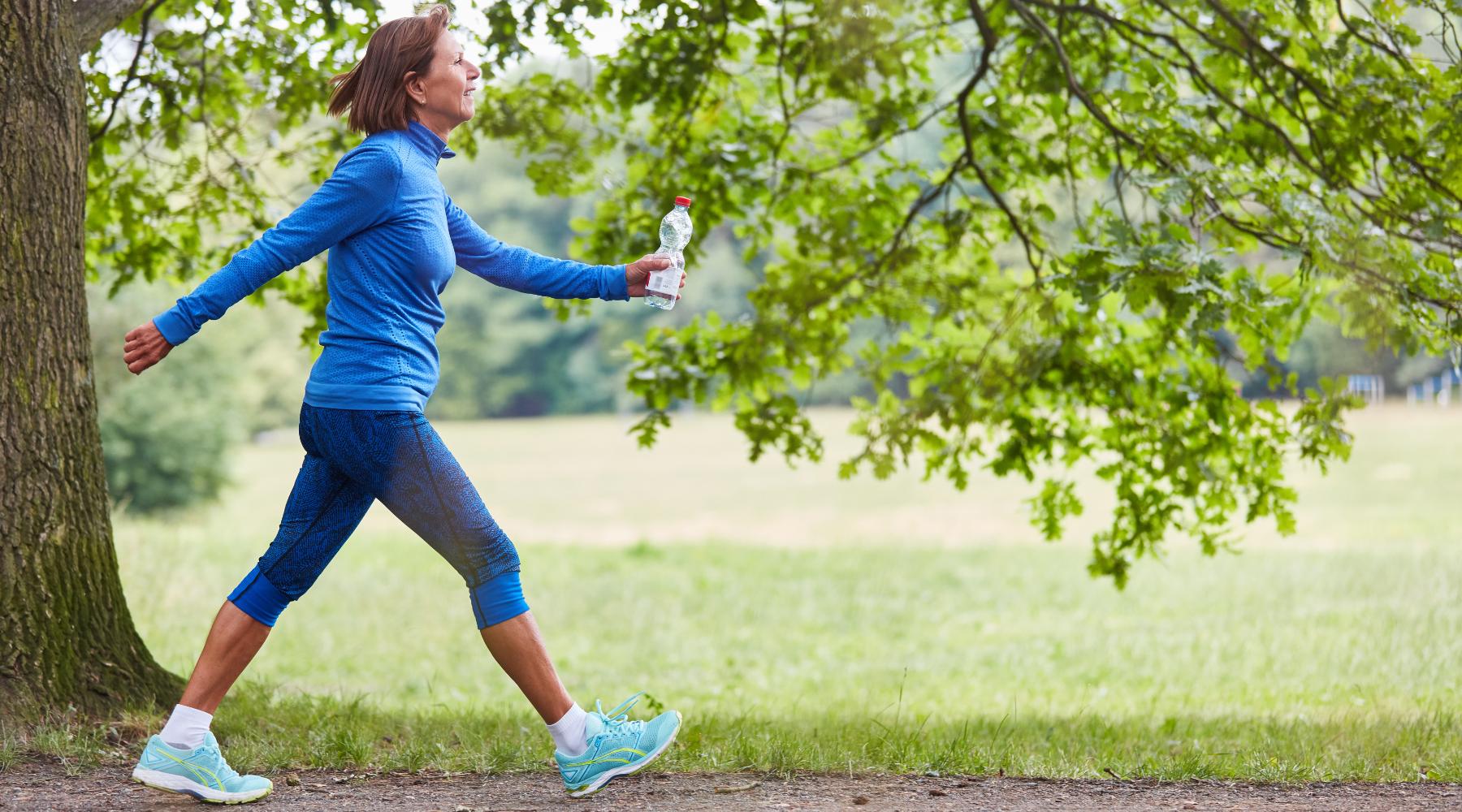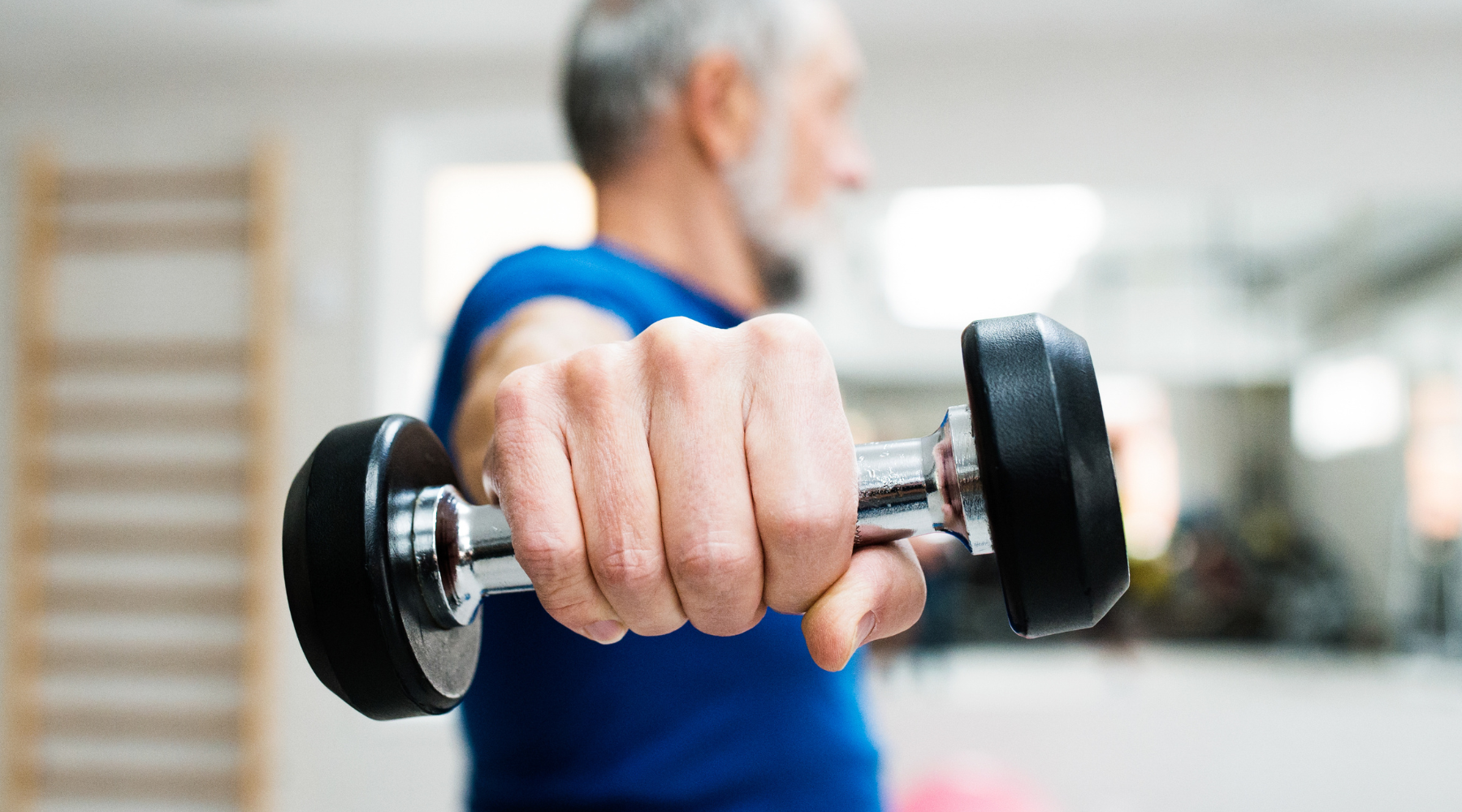Walking exercises are a fantastic way for seniors to improve their mobility and strength. As we age, it's essential to understand the importance of maintaining these abilities to lead a healthy and independent life. Regular exercise plays a significant role in aging gracefully, and walking exercises are a perfect choice for seniors due to their accessibility and low-impact nature.
Key Takeaways
- Enhanced Mobility and Strength: Regular walking exercises significantly improve seniors' mobility and muscle strength, helping them perform daily activities efficiently, maintain balance, and reduce injury risks.
- Comprehensive Health Benefits: Walking not only supports physical health by improving cardiovascular function and lowering disease risk but also boosts mental health by reducing anxiety and depression symptoms, and enhancing cognitive functions.
- Adaptability and Social Opportunities: Walking exercises are versatile, suitable for various environments, whether indoors or outdoors, and provide social engagement opportunities, helping seniors connect with others and combat loneliness.
Understanding the Importance of Mobility and Strength for Seniors
Before we delve into the specific walking exercises, let's first understand why mobility and strength are crucial for seniors. Having good mobility allows seniors to perform daily activities such as walking, climbing stairs, and reaching for objects. Strong muscles are essential for maintaining balance, preventing falls, and reducing the risk of injuries.
Moreover, regular exercise has numerous health benefits for seniors. It helps maintain a healthy weight, lowers the risk of chronic diseases like heart disease and diabetes, increases bone density, and improves sleep quality.

The Role of Regular Exercise in Aging Gracefully
Regular exercise is the key to aging gracefully. Besides enhancing mobility and strength, it also helps improve cardiovascular health and cognitive function. Exercise stimulates the release of endorphins, which are natural mood boosters that can reduce feelings of anxiety and depression. By staying physically active, seniors can enhance their overall well-being and maintain a positive outlook on life.
Health Benefits of Improved Mobility and Strength
Improved mobility and strength offer numerous health benefits for seniors. Walking exercises can help alleviate joint stiffness, increase flexibility, and improve balance and coordination. They can also help manage chronic pain conditions, such as arthritis, by reducing inflammation and strengthening the muscles around the joints.
Additionally, regular walking exercises improve cardiovascular health by increasing heart rate and promoting blood circulation. This, in turn, helps lower blood pressure, reduce the risk of heart disease, and improve overall cardiovascular function. Walking exercises also support respiratory health by enhancing lung capacity and oxygen intake.
Furthermore, engaging in regular physical activity can have positive effects on mental health. Exercise has been shown to reduce the risk of cognitive decline and improve memory and cognitive function in older adults. It can also enhance mood and reduce symptoms of depression and anxiety.
Another benefit of improved mobility and strength is the ability to maintain independence and perform daily tasks with ease. Seniors who have good mobility and strong muscles are more likely to remain self-sufficient and enjoy a higher quality of life. They can continue to engage in activities they love, such as gardening, playing with grandchildren, or pursuing hobbies.
Lastly, regular exercise can also have social benefits for seniors. Participating in group exercise classes or walking clubs provides an opportunity for social interaction and connection with others. This can help combat feelings of loneliness and isolation, which are common among older adults.

Preparing for Walking Exercises
Before seniors embark on their walking exercises journey, it's crucial to take some safety measures and gather the essential gear. Let's explore these aspects in detail.
Walking exercises offer numerous benefits for seniors, from improving cardiovascular health to boosting mood and overall well-being. However, to fully enjoy these benefits, it's important to approach walking with the right mindset and preparation. By incorporating a few additional steps into your routine, you can enhance the effectiveness and enjoyment of your walking exercises.
Safety Measures for Seniors Before Starting Exercise
Prior to starting any exercise program, it's important for seniors to consult with their healthcare provider. This ensures that they are fit for physical activity and can safely engage in walking exercises. Seniors should also warm up before each session with light stretches to prevent injuries and prepare the muscles for activity. It's important to listen to your body and adjust the intensity of the exercise as needed.
In addition to consulting with a healthcare provider, seniors should consider incorporating strength and balance exercises into their routine to support overall stability and reduce the risk of falls. Simple exercises like leg lifts, calf raises, and standing on one leg can help improve muscle strength and coordination, enhancing the walking experience and promoting better overall health.
Essential Gear for Walking Exercises
When it comes to walking exercises, having the right gear is essential for comfort and safety. Seniors should invest in a sturdy pair of walking shoes with good arch support and cushioning. Wearing proper footwear helps prevent foot and joint pain. Comfortable clothing made of breathable fabric is also important to keep seniors cool and dry during their walks. Additionally, using a hat and sunglasses can provide protection from the sun's harmful rays.
Another essential piece of gear for seniors engaging in walking exercises is a water bottle. Staying hydrated is crucial, especially during physical activity, to maintain energy levels and prevent dehydration. Carrying a lightweight, portable water bottle ensures that seniors have easy access to water throughout their walk, promoting endurance and overall well-being.

Different Types of Walking Exercises for Seniors
Walking exercises can be done both indoors and outdoors, offering seniors a variety of options to suit their preferences and circumstances. Let's explore these different types of walking exercises in detail.
As seniors embark on their walking exercise journey, it's important to consider the benefits of incorporating different types of walking routines into their weekly schedule. By diversifying their walking exercises, seniors can target various muscle groups, improve cardiovascular health, and enhance overall balance and coordination.
Indoor Walking Exercises
For seniors who prefer to exercise indoors, there are several options available. Walking on a treadmill is a popular choice as it allows seniors to control the speed and incline. Indoor track facilities or community centers often provide designated walking areas, allowing seniors to walk in a safe and climate-controlled environment. In addition, seniors can also engage in walking exercises by briskly walking in place or following a walking workout video.
Exploring indoor walking exercises further, seniors can incorporate interval training by alternating between periods of brisk walking and slower-paced walking or rest. This variation not only adds a new dimension to their workout but also helps boost endurance and burn more calories. Additionally, seniors can consider adding light hand weights or resistance bands to their indoor walking routine to incorporate upper-body strengthening exercises.
Outdoor Walking Exercises
Outdoor walking exercises provide seniors with the opportunity to enjoy nature and fresh air while getting their exercise. Local parks, nature trails, and neighborhood sidewalks are great places to go for a walk. Seniors can vary the distance and intensity of their walks to challenge themselves. They can also consider joining walking groups or inviting a friend or family member to accompany them, making their walks more enjoyable and social.
When engaging in outdoor walking exercises, seniors can take advantage of the natural terrain to add variety to their workout. Walking uphill or on uneven surfaces can help strengthen leg muscles and improve balance. Seniors can also incorporate mindfulness practices into their outdoor walks by focusing on their breathing and surroundings, promoting relaxation and mental well-being.
How to Incorporate Walking Exercises into Daily Routine
To make walking exercises a regular part of their routine, seniors should set realistic exercise goals and maintain consistency. Let's explore some tips on how to incorporate walking exercises into daily life effectively.
Setting Realistic Exercise Goals
Setting realistic exercise goals is crucial to stay motivated and avoid burnout. Seniors should start with a time and distance that they feel comfortable with and gradually increase both as they build up their strength and endurance. The key is to challenge oneself while still listening to the body's limits.
Maintaining Consistency and Motivation
Consistency is vital for reaping the benefits of walking exercises. Seniors should aim to schedule their walks at the same time each day or week to establish a routine. Finding a walking buddy or joining a walking group can also provide motivation and accountability. Listening to music, podcasts, or audiobooks during walks can make the experience more enjoyable, keeping seniors engaged and motivated.

Overcoming Common Challenges in Walking Exercises
While walking exercises are generally safe and accessible, there can be some challenges that seniors may face. Let's explore these challenges and how to address them.
Dealing with Weather Conditions
Inclement weather can deter seniors from going for their walks. However, there are alternatives to walking outdoors when the weather doesn't cooperate. Seniors can walk in malls, indoor tracks, or even march in place at home. Having a backup plan for unfavorable weather conditions ensures that seniors can still get their exercise without compromising their safety.
Addressing Health Concerns and Limitations
Seniors may have certain health concerns or limitations that need to be addressed when engaging in walking exercises. It's important to take any necessary precautions and modify the exercise routine accordingly. Seniors with joint pain or arthritis, for example, can opt for low-impact walking exercises such as walking in water or on a soft surface. Consulting with a physical therapist can provide valuable guidance on adapting and customizing the exercise routine to suit individual needs.
Walking exercises offer a world of benefits for seniors, from improving mobility and strength to enhancing overall well-being. By understanding the importance of regular exercise and implementing these walking exercises into their daily routine, seniors can enjoy a healthier, more active lifestyle. So put on those walking shoes, step out, and start your journey towards improved mobility and strength!
FAQs
Why are walking exercises particularly beneficial for seniors?
Walking exercises are low-impact, accessible, and can be tailored to an individual's fitness level, making them ideal for seniors looking to improve or maintain their physical and mental health. They help in strengthening muscles, enhancing mobility, and improving cardiovascular health without putting too much strain on the body.
How can seniors safely start incorporating walking exercises into their routines?
Seniors should begin by consulting with their healthcare provider to ensure walking exercises are safe for them. Starting slowly, focusing on comfortable distances and paces, and gradually increasing the intensity and duration of walks can help prevent injuries. Additionally, wearing proper footwear and staying hydrated are key safety tips.
What are some common challenges seniors may face with walking exercises, and how can they overcome them?
Common challenges include dealing with weather conditions, managing health concerns or physical limitations, and maintaining motivation. Seniors can overcome these by finding indoor walking alternatives for bad weather days, adapting exercises to accommodate health issues, and seeking companionship or support to stay motivated.
Can walking exercises improve seniors' mental health?
Yes, walking exercises can significantly benefit mental health by reducing symptoms of anxiety and depression, improving mood through the release of endorphins, and decreasing the risk of cognitive decline. Regular physical activity like walking promotes mental clarity and emotional stability, contributing to an overall sense of well-being.




